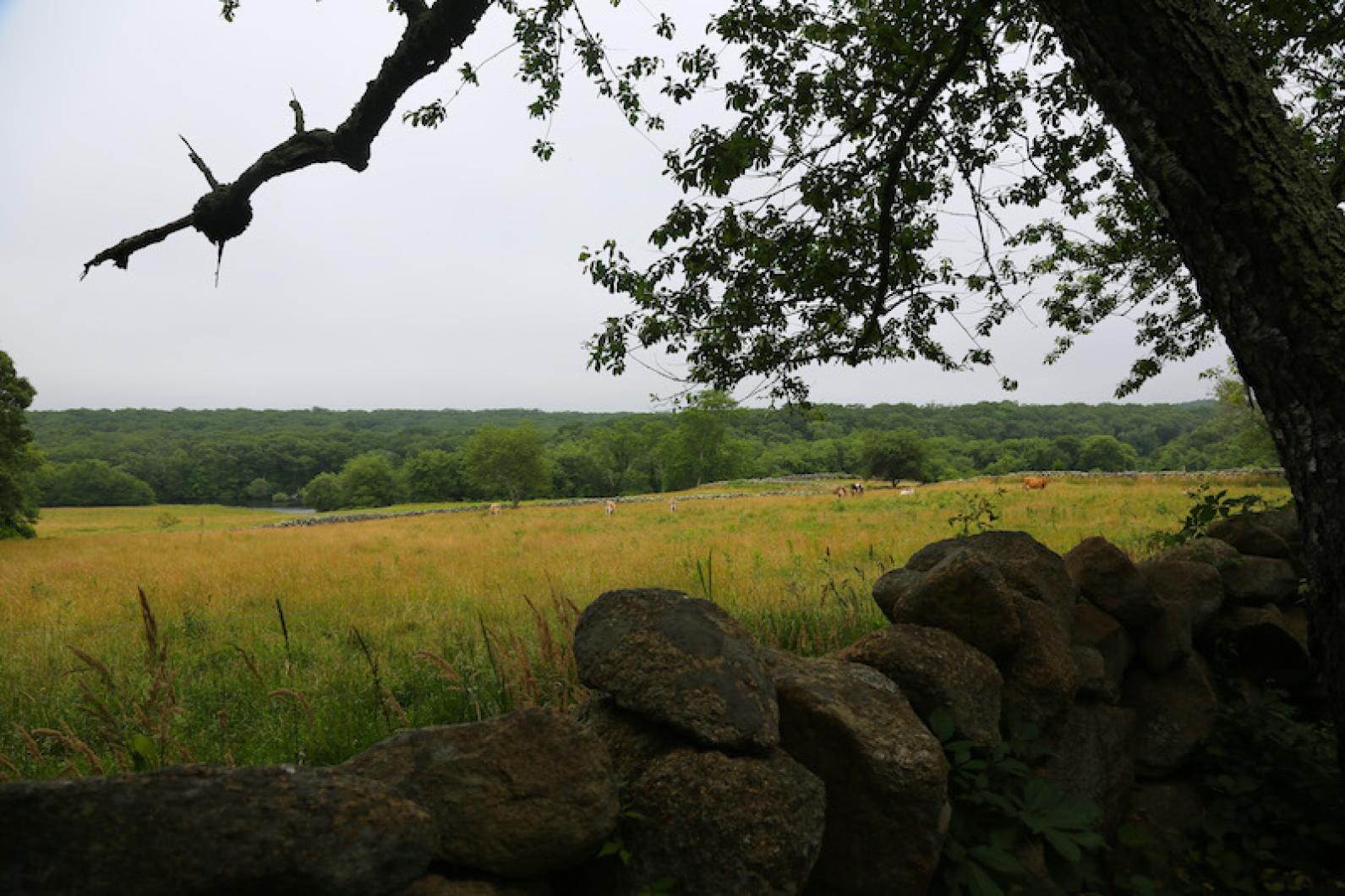My 18-month-old daughter recently pointed at a freshly harvested green bundle sitting on our kitchen counter and correctly identified it as bok choy. She knows the difference between a daffodil and a cosmo, and she loves to wear garlic scapes as necklaces.
Juna has been farming since before she was born.
The day after we found out I was pregnant, we planted an orchard at the farm. Peaches, apricots, plums, pears and sweet and sour cherries all went into the ground, heavily composted and mulched with wood chips. Ian, my husband, dug the holes on a sunny, springside slope while I floated back and forth from the farmhouse, sipping tea and imagining a growing season with a changing body. With each tree planted, we tucked soil around bare roots and smiled, wondering at the tiny secret in my womb, the baby who would grow in stride with this orchard and perhaps one day harvest its fruit.
A tempest of morning sickness arrived a few weeks later, frequently bringing me to my knees mid-stride in the fields. I knelt between the rows of vegetables and studied our sandy soil as I waited for each wave to pass.
As the season warmed, my belly grew. My work clothes all became too tight and too short, so I eventually resorted to wearing the same pair of overalls each day, unhooking the side buttons one-by-one as needed for my expanding middle. Harvesting close-to-the-ground crops became nearly impossible without the use of a “garden scoot,” a low bench on wheels that I could sit on to push myself heavily down a row.
When my feet swelled, I lay down and propped them on the tractor tire for a few moments of rest.
In the slanted light of late fall, we harvested our final crops and put the farm to bed. Finally, I relaxed, allowing myself to move slowly through the last months of pregnancy.
Juna arrived one cold December morning, and we spent the winter months adjusting to our new rhythms. She napped in her wrap on my chest while I ordered seeds, made crop plans, and interviewed new employees. I strategized and worried continuously about how I was going to make it all work. I ordered sun-protective baby clothes, read blogs from other farming moms, analyzed reviews for various carriers. I also hired a new full-time field manager in the hopes of lightening my load.
Suddenly it was March and time to begin the first seeds. At three months, Juna was still too little to go on my back, so I continued to wear her snuggled in the wrap on my front. Together we accomplished what we could. Working in the greenhouse went well for us. It was warmer there, out of the wind. I could remain primarily upright, which Juna let me know she preferred by emitting tiny gasps each time I had to bend over.
But we could not stay in the greenhouse all season. Soon enough, we were out in the fields, planting crops, hoeing weeds and eventually harvesting food. Juna was often on my back, but we learned to rotate between various other options: the car seat, the outdoor pack and play and (admittedly) the wheelbarrow.
Juna grew as the plants grew.
As she learned to sit up and crawl, I could set her down in a row as I worked, always keeping a close eye on her lest a rock made its way to her mouth. We often paused, mid-task, to nurse, me cross-legged on the ground and her tucked in my lap. A few quiet moments together amid the crops.
A year later and Juna is a running, talking, opinionated toddler. She is less willing to settle in contentedly on my back. On the easy days, she roams the field, singing songs to herself and picking wildflowers to bring to the crew. On the challenging days, she stays close, demanding a bit more of me, and we accomplish little. I never know what kind of day we will have.
I feel inordinately fortunate to farm with Juna, to show her all that it means to have a mother as a farmer. It is magic to teach a little one the simple act of tucking a seed into the soil. Juna has the language of plants in her being. She will carry this knowledge with her always.




Comments (3)
Comments
Comment policy »